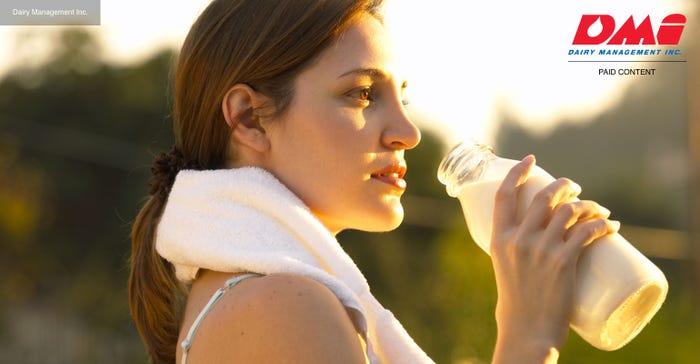Amazon’s sustainable packaging program isn't catching on, but why not?Amazon’s sustainable packaging program isn't catching on, but why not?
Amazon has demonstrated interest in sustainability including introducing programs like Frustration-Free Packaging. Read on for the pros and cons of taking part in the program and the impact it may have on your selling footprint.

Consumers love shopping online—global e-commerce grew 18% last year alone. But on the whole, the joy of seeing another package waiting on your doorstep tends to outweigh the inconvenient truth of thousands of tons of packaging waste that e-commerce produces.
According to Fast Company, 165 billion packages are shipped in the U.S. every year, with cardboard use equating to more than 1 billion trees! The truth is, as online shopping grows, so will our environmental impact—unless we significantly change the way we are shipping goods.
It’s impossible to discuss e-commerce or packaging impact without bringing up the online retail giant Amazon and its programs for sustainability. In 2008, Amazon launched Frustration-Free Packaging (FFP), a program that is designed to reduce waste by providing consumers with easy-to-open packaging that is also 100% recyclable and shippable to the end consumer without the need for an additional box (i.e., no “box within another box” shipments). Since then, they have expanded the initiative beyond vendors to sellers, and increased the number of applications into the program that they can process. They’ve also taken other measures toward sustainability such as using flexible, recyclable mailers for small items and optimizing box selections to better fit different products and weights to avoid waste.
If you sell on Amazon through Vendor Central or Seller Central, Frustration-Free Packaging can provide you the following benefits:
FFP provides the right-sized box. This reduces the material and time needed for packing your items.
FFP reduces damage. Amazon ensures your products are well-protected in transit.
FFP can save material and shipping costs. With a reduced package size, you are decreasing the material needed to pack it which reduces your shipping costs. FFP can also save packing material if you are shipping at scale.
FFP provides easy-to-open packages. This means there is no hard wire or plastic which are difficult to open and may create a poor customer experience.
FFP is only available for authorized sellers. Once your ASIN is approved for FFP, resellers cannot sell against that Child ASIN. This gives you a significant advantage to win the Buy Box.
FFP uses either recycled or recyclable packaging. This is good for the planet and may serve as a differentiator for your brand.
Even with these incredible benefits, there continues to be only a small subset of sellers who have adopted FFP. What might be causing companies to opt out of this sustainable option? Here are a few potential reasons with counter arguments for each.
Brand quality: Packaging can be a unique brand differentiator. Some brands may fear that by using FFP, they may create the appearance of poor brand quality.
In fact, sellers have the ability to design their FFP packaging the way they’d like to (within guidelines).
Product protection: Some brands may have a product that is fragile or tends to get destroyed during shipping. Brands may fear that FFP simplifies packaging a bit too much and it will not protect your product en route.
In fact, brands can still enroll in FFP and have their packaging designed to protect their product (including bubble wrap)—and sometimes it can even be cheaper.
Certification: Amazon Sellers have to initiate FFP and go through the certification process with Amazon. For some brands, it can be time-consuming to design new packaging and hit drop tests.
In fact, the certification process can be worth the effort in the long run.
Although Amazon has rolled out FFP in response to its packaging waste footprint, many experts and consumers believe it has not done enough. It’s clear that the adoption of FFP is not high. More needs to be done to the FFP program, or to make it easier for sellers and vendors to take part.
Product packaging is an important part of the customer experience and can be a significant cost for brands. Frustration-Free Packaging offers a more sustainable alternative for Amazon sellers, and may or may not be the right solution for your brand.
Kevin Weiss is the vice president of growth and strategy at Amplio Digital, an award-winning Amazon marketing agency based out of Boulder, Colorado, that is committed to helping good companies grow to improve our communities.
About the Author
You May Also Like





